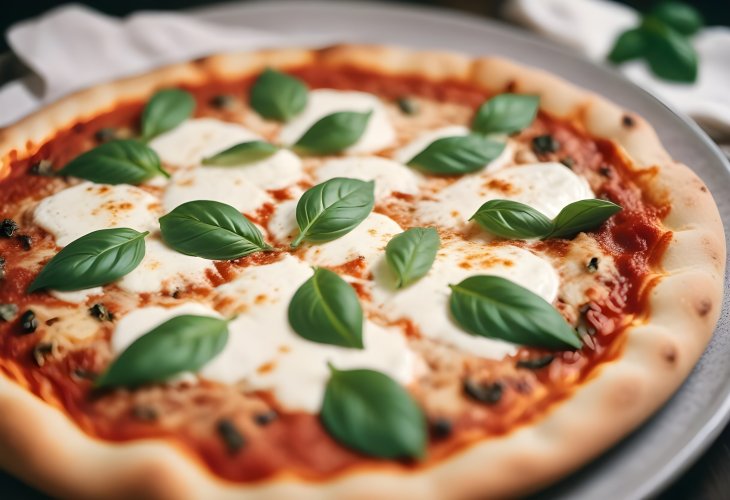Dr. Maya Rozman: How to Make Pizza Healthier and Less Fattening
As Shavuot approaches, many are considering incorporating dairy products into their menus. But there's a way to make this beloved dish much healthier. Here are some important tips.

With Shavuot around the corner, many of us are planning to enjoy dairy foods. Whenever there's a debate about including pizza in the menu, numerous questions arise: Is it worth it? Could pizza be harmful, and is a healthy vegetable quiche a better choice?
Well, there's a great way to enhance your pizza and make it healthier. You'll also save on calories. "Pizza isn't just delicious dough with tomato sauce and mozzarella. The variety of toppings, types of dough, fillings, and even presentation styles turn it into almost a gourmet dish," writes Dr. Maya Rozman in her column at Maariv. "It's seen as a 'health sin' by many, including parents who must limit their children's pizza consumption."
So how do you boost your pizza's health factor? Dr. Rozman believes that "first of all, whole wheat flour. Generally, the nutritional value is higher in thin crusts rather than thick, as less flour, especially white, is better. Healthier toppings include olives, which have important fatty acids, or red pepper, which is rich in vitamin C needed for absorbing the cheese's calcium."
Surprisingly, Dr. Rozman lists five key advantages of pizza: "1. One slice has an average of nine grams of protein, similar to half a cup of cottage cheese. 2. A slice of pizza also contains over 200 mg of calcium. Adding double cheese can double the calcium in a single slice to 400 mg, half of a four to eight-year-old child's daily calcium allowance. 3. Mozzarella doesn't contain harmful synthetic food coloring, but natural anatto from purple cabbage/carrot/beet. Many mozzarella cheeses also typically lack preservatives."
The fourth advantage is particularly favored by those sensitive to lactose. "Mozzarella is nearly lactose-free, the milk sugar that many are sensitive to," she writes, and lists the final advantage. "The tomato sauce has a good amount of lycopene, a powerful antioxidant effective in preventing many diseases, especially cataracts and prostate cancer."
And what about the calories? "While a slice of thick crust pizza with double cheese has about 400 calories, a meal of two to three slices reaches a full day’s diet caloric intake. However, based on dough and topping weight calculations, one thin crust slice has only about 150 calories," she concluded. "Pizzas – 'fast food' but not 'junk food.' Nutritionally, there's no difference between a cheese-topped pita toast and a pizza slice, so it's not a health meal, but definitely not junk food, and eating once a week certainly isn't harmful."

